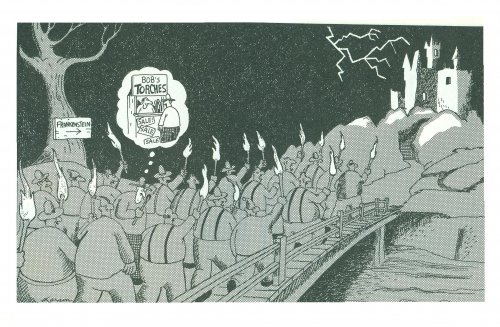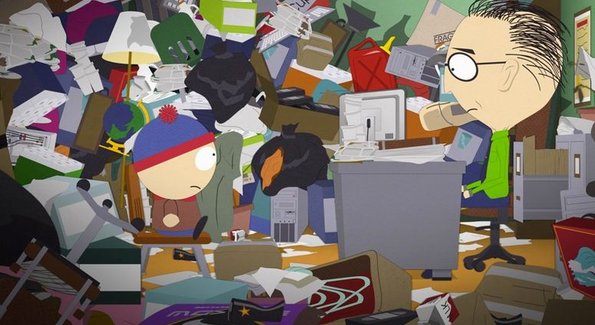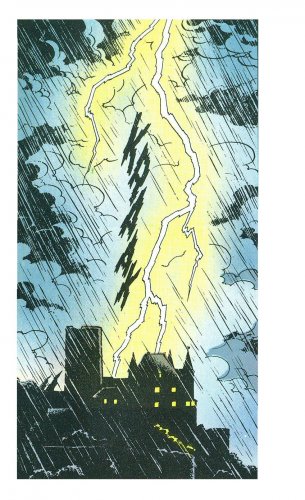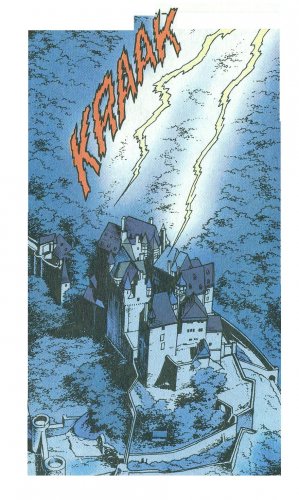Agreed. And as the image you attached points out, there remains a sick obsession with "royalty" in western culture. Disney has done no end of damage by promoting the notion that hereditary political systems are anything other than archaic and backwards, that princesses are to be anythign but despised.
To take the discussion to a bit of an extreme... I haven;t encountered too many people who think that Berlin and Nuremburg should have been restored to their 1940 standard, that the Reichs Chancellery should have been rebuilt. Indeed. most people are comfortable with the idea that, even though a lot of these buildings might have been architectural marvels, they were better off being leveled, trashed, repurposed.
A building, whether it was built by free enterprise or collectivism, by free people or slaves, by secularists or theocrats, is, in the end, just a building... any meaning the building might have comes from people choosing to apply that meaning themselves. Castles are *almost* universally the result of totalitarian regimes... used by the thieves and murders in charge to protect themselves and their loot from other thieves and murderers.
In general, a house, a marketplace or a workshop would have more meaning to me than a grand armored home of a "nobleman" built by forced labor.
To take the discussion to a bit of an extreme... I haven;t encountered too many people who think that Berlin and Nuremburg should have been restored to their 1940 standard, that the Reichs Chancellery should have been rebuilt. Indeed. most people are comfortable with the idea that, even though a lot of these buildings might have been architectural marvels, they were better off being leveled, trashed, repurposed.
A building, whether it was built by free enterprise or collectivism, by free people or slaves, by secularists or theocrats, is, in the end, just a building... any meaning the building might have comes from people choosing to apply that meaning themselves. Castles are *almost* universally the result of totalitarian regimes... used by the thieves and murders in charge to protect themselves and their loot from other thieves and murderers.
In general, a house, a marketplace or a workshop would have more meaning to me than a grand armored home of a "nobleman" built by forced labor.













